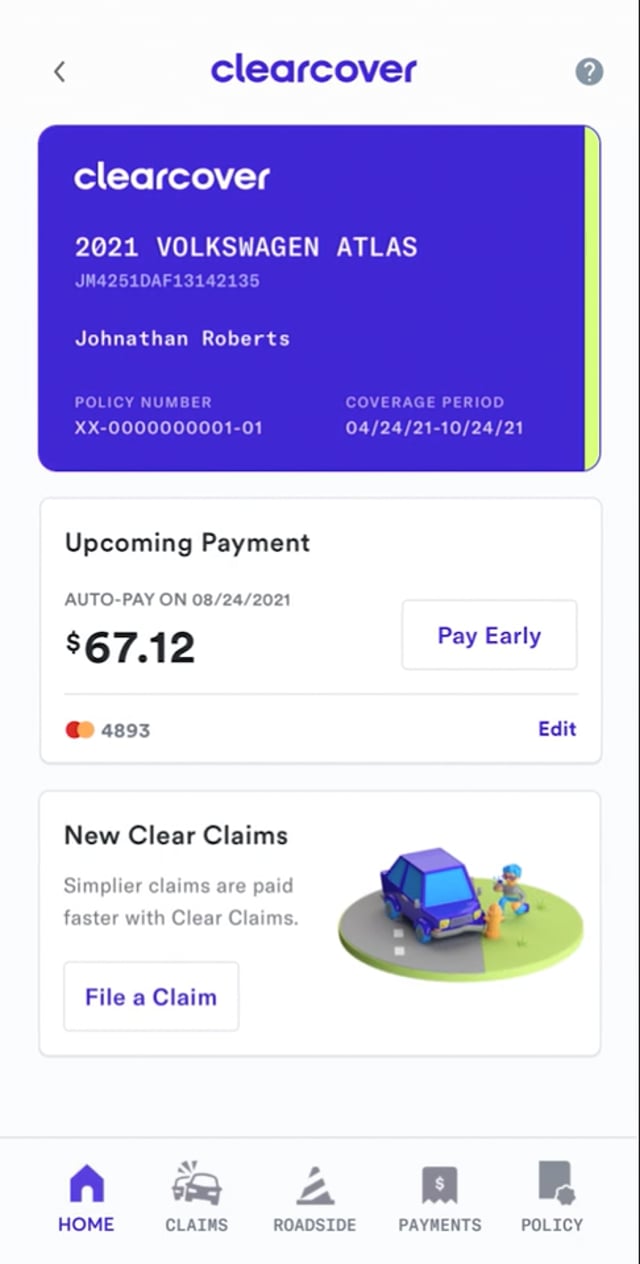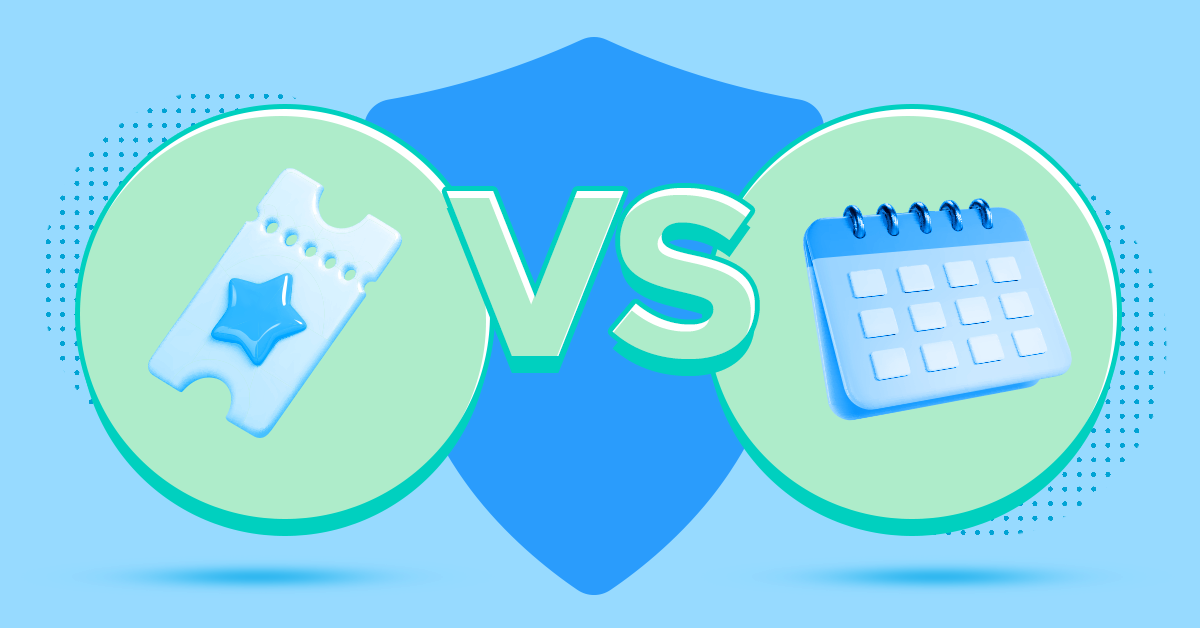
You should be aware of a few important things when buying pet insurance. The first is to know the cost of veterinary treatment. The cost of veterinary care in big cities is higher because there are more veterinarians and better medical facilities. This can impact the price of your pet insurance policy. There are also enrollment fees and monthly processing fees to consider.
Age
Most pet insurance policies will cover your pet up to eight weeks of age. After eight weeks, it becomes more expensive and more difficult to obtain a replacement policy. Senior pets require more medical attention. However, this does not mean they cannot be insured. For older pets, pet insurance policies will usually cover 90% of the expenses for the medical care that your pet requires.
While pet insurance premiums may rise as your pet gets older, there are ways to reduce the monthly cost. For pets younger than ten, you may be able to choose a lower reimbursement percentage or a higher monthly deductible to lower your monthly costs. If your pet is over ten years old, you can adjust the terms to lower the monthly costs.

Breed
There are several factors that can influence the cost of pet insurance. Insured breeds that are more expensive than others can have higher premiums. A breed's genetic makeup can make them more susceptible to certain diseases and ailments. Your monthly premiums will increase if you keep a purebred pet. There are companies that can group certain breeds into risk pool.
The cost of pet insurance can vary greatly depending on the breed and whereabouts. Basic policies cover accidents and illnesses, and more comprehensive plans cover lab fees and diagnostic tests. You can also sign up for pet wellness care plans which will reimburse you for routine preventative healthcare. In terms of coverage, cost, and price, pet health insurance is almost identical to human health insurance.
Locate
Some cases can be affected by the place where the pet's owner lives. This could impact the cost of pet insurance premiums. For example, if a pet owner lives in downtown New York City, they are likely to spend more than those who live in rural North Dakota. Because there is a difference in the cost of veterinary treatment in different states, this can be explained. Some carriers adjust their premiums based on the state in which the owner lives.
It is more costly to get veterinary care in metropolitan areas. The fees of vets in big cities are usually higher because their salaries tend to be higher. Moreover, many insurance companies charge higher premiums in these areas to compensate for higher expenses. In addition, some pet insurance companies charge transaction fees or maintenance fees, which may affect a pet owner's decision to purchase a policy. Some pet insurance companies will waive these fees if the policy holder pays in advance.

Percentage of reimbursement
Higher reimbursement percentages mean that your pet's illness will not cost you as much. This means lower monthly payments and a lower premium. However, a lower reimbursement percentage will result in a lower premium. However, you might have to pay more for medical care.
The reimbursement percentages offered by pet insurance companies vary widely, with some offering as high as ninety percent and seventy-five percent. Higher percentages mean more expensive monthly premiums, but will pay off in cash when you need to make a claim. If you are looking for the best pet insurance, ensure that your premium includes a similar deductible to the one you pay for regular insurance.